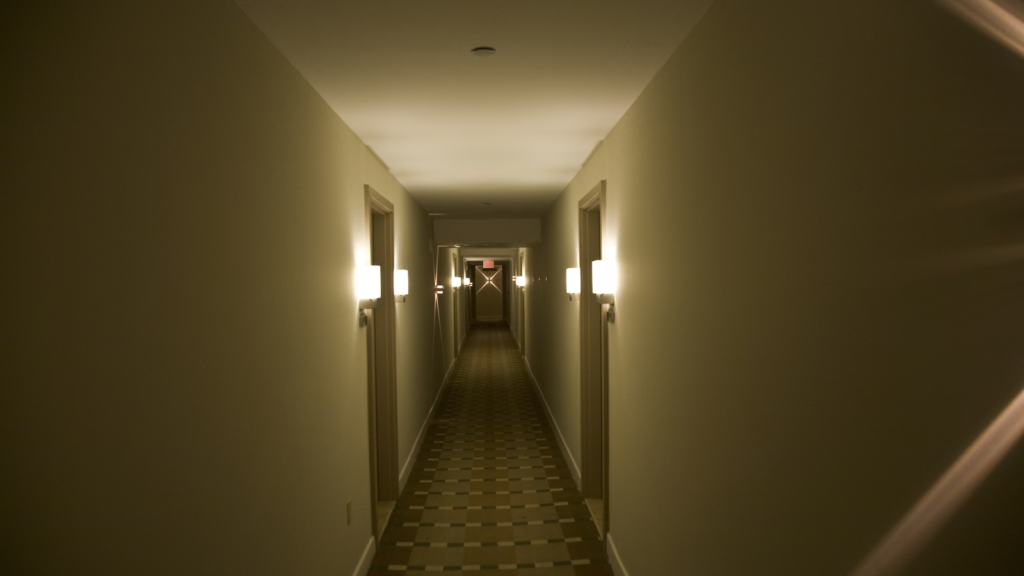What is it?
Liminal space is the idea of transferring from one “thing” to another “thing” or also known as phasing from one to another, this can be explained through transport, like from your house to what ever your destinations going to be, everything in-between that is liminal space. Another example is emotionally, the transition from one emotion to another. OR even a building that is close to built, but not quite there yet aka “something that is on the boarder of being something”. This Concept of the “liminal space”, is observable because of its ability to be observed by someone within that present moment of witnessing the event or “thing” that might be occurring or present. But is also challenging because, it is for some people an uncomfortable state to be in or to even witness, because of its unpredictability and unknowingness it presents. Liminal space can be defined in many different ways and concepts, but there isn’t any set in stone place or thing that can be specified to being only liminal space, rather a part of it.

Where is a Liminal space?
A liminal space is once again the space between one area or “thing” to another, I’m using “thing” because it is literally what occurrence that is happening, and the space between it that defines “liminal space”. Examples of liminal space is a hallway, the space within one side of the hallway/building to the other. you could see it as the journey of the “aim”. Another example is the waiting rooms for an appointment, this could be the doctors, dentist, therapist, anything. Even a breakup is an example of liminal space.
The aesthetic of liminal space is also represented through abandoned areas, waiting rooms, empty office buildings and can easily be captured with a camera, but is challenging because of the timing, setting, and look of the image, which is commonly seen through grainy, foggy, or 1990’s – early 2000’s styled images.
What emotions does a Liminal space convey?
The look of a liminal space is supposed to be very creepy and uncomfortable, whilst showing a sense of familiarity within the image. This creates conflicting emotions which isn’t easily processable, so a lot of these images make people anxious, or others intrigued in what they are looking at and how it makes them feel that way.

Liminal spaces can express a lot of emotion depending on the setting and the aim behind the image. Mostly if there is an obvious subject or subjects in the image it is used to convey a specific emotion or connection between the subject and you. Others (mostly) are captured environmentally and used to put the person in that context to create these emotions intentionally of uncomforting and confusion, which puts people in a docile state.